Wi-Fi remotes are a great way to automate and turn some of your electrical appliances at home smart. After a year, the new Near Wi-Fi Universal Remote is an update the Near Smart Remote, and now features temperature and humidity sensor for more automation options. The Near Wi-Fi Universal Remote retails for S$19.90.
Unboxing
In the box, you will receive the following:

- Near Wi-Fi Universal Remote
- Micro-USB cable
- Adhesive sticker
- Instruction card
Setup
You’ll need the Near App to setup the Near Wi-Fi Universal Remote. The setup process is straightforward. Simply turn on the Near Wi-Fi Universal Remote, and open the Near App. The app should prompt you that you have a pending device to be added.
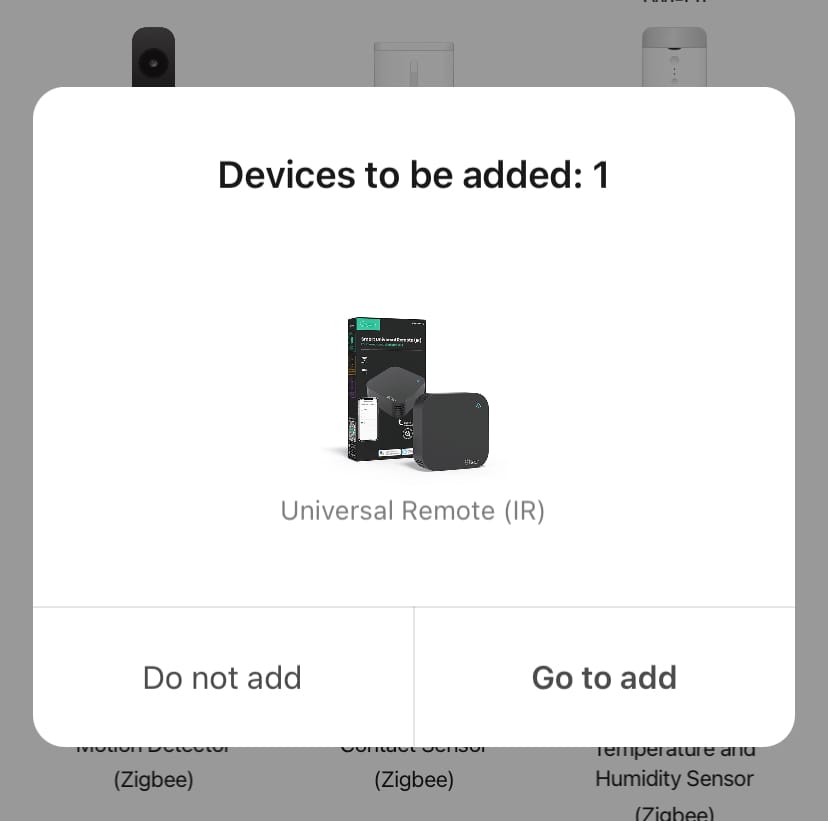
Ensure that you are on a 2.4GHz Wi-Fi network and the connection to the app should be completed in a minute or so. You can check out this detailed demo by Near below:
Do note that a 2.4Ghz network is only required for the initial setup. As long as your smartphone is connected to the internet (even mobile data), you can control the Near Wi-Fi Universal Remote.
What can I connect the remote to?
The Near app suggests a bunch of categories of devices that can potentially be connected to the Near Wi-Fi Universal Remote. Don’t expect all devices to be able to work though. The Near Smart Remote works by scanning the IR code of your home appliance. Sometimes, the control code of a particular device may differ from the standard code used, which will lead to wrong mapping of controls, or even not work at all.
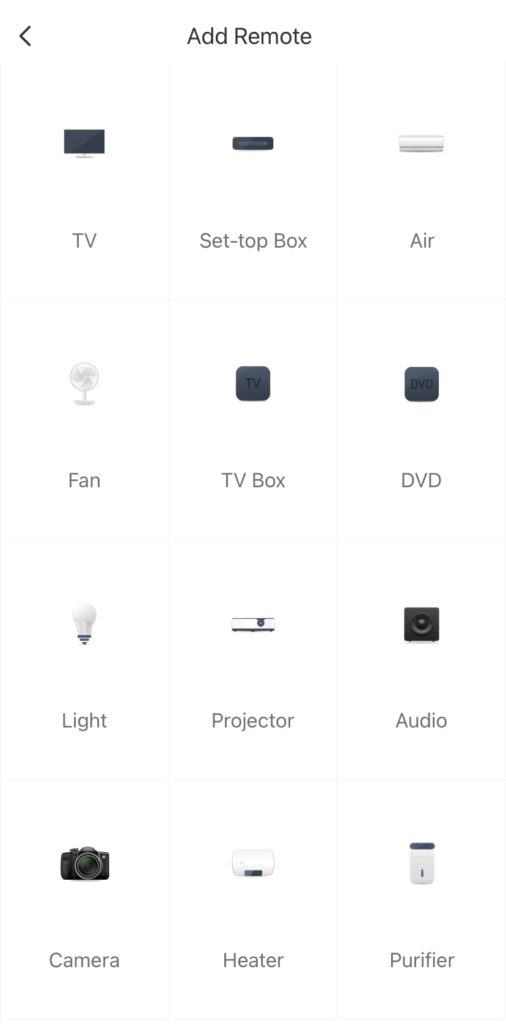
The Near Wi-Fi Universal Remote is largely designed to work well with air-conditioners, TV, some fans or appliances that has a remote control. I tested the Near Wi-Fi Universal Remote with a TV and aircon.
I got the Near Wi-Fi Universal Remote to connect to a LG TV. After about three testing tries, I got the TV to connect the remote. Once added to the remote, you’ll be able to see a default set of buttons on the screen, like on a remote control. Most of the controls work as how they intended to be (ie. ‘Volume + equals to a volume increase’). Some buttons do not exactly reflect what they mean but you can easily edit the function of them by making the remote ‘learn’ them.
For connection to my Sanyo aircon, it was a little more tricky as I has to go through many trial and error to “test” which virtual remote will work on the aircon. I eventually manage to find one that works. For aircon, there is mainly 4 buttons on the virtual remote as shown below.
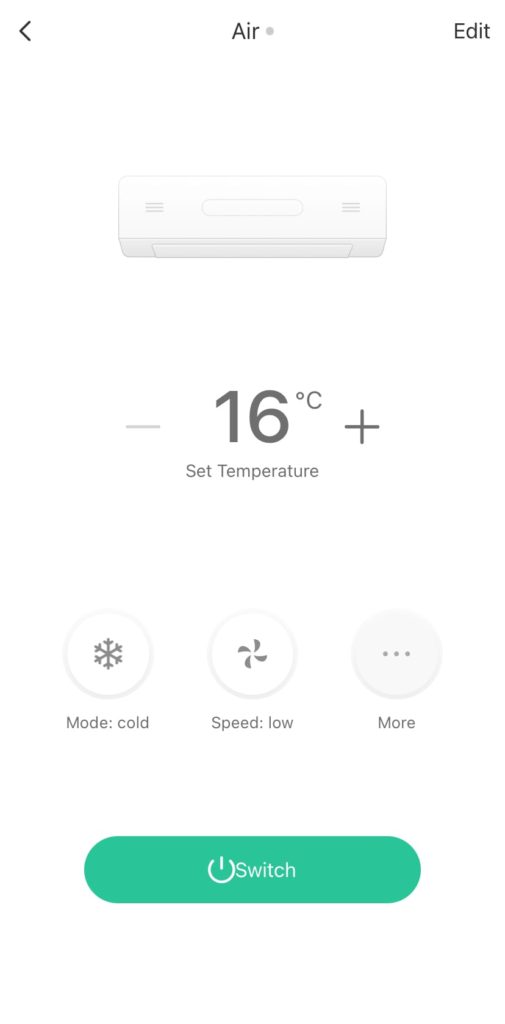
Near App and Smart features
Even though you can use the buttons on the app as remote control for the connected device, it isn’t really smart as you can just use the actual remote control. What the Near App offers is the opportunity to create macros and setup automated schedules to control the appliances.
Tap-to-Run sequence
“Tap-to-Run” allows you to create macros and save them as a shortcut. Tapping on the shortcut will trigger the chain of commands that you had specified in your instruction sequence.
In the app, to create a “Tap-to-Run” sequence, you have set the condition to “Click to execute”. After which, you proceed to choose a task to be carried out. Whatever that is displayed on the controls of the appliance in the app can be set as a task. For example, you can set the task to power on the TV.
The task that can be carried out are not limited to one appliance. If you have more than one device connected to the app, you can configure the task to do two different things – such as turning on the air-conditioner and TV.
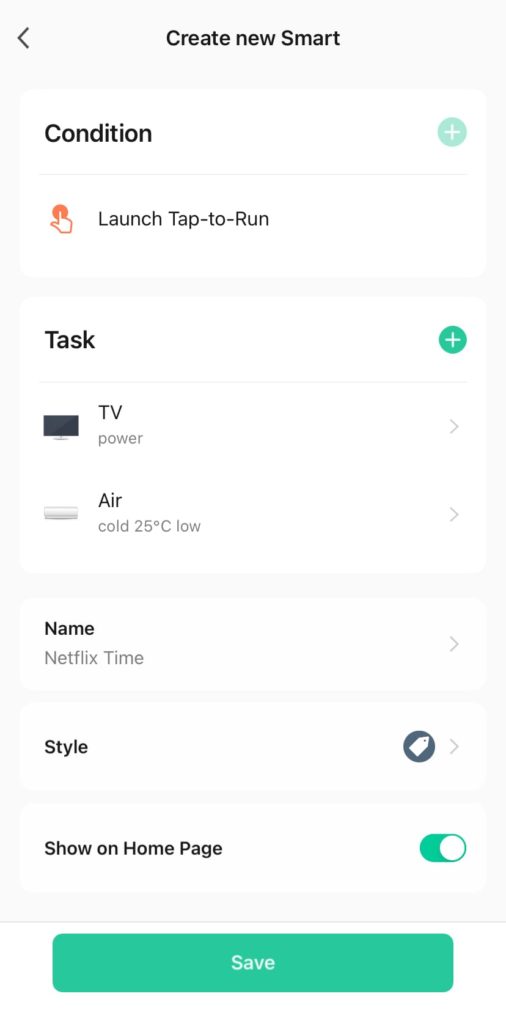
If you’re using an iPhone, you can configure your iPhone to display the “Tap-to-Run” sequences to show on iPhone widgets panel. This adds convenience as you do not have to go into the app to run a sequence. Do note that the Near App only has support for the legacy widget system, not the newer widget system introduced in iOS 14.

Integration with Smart Assistants (ie. Google Assistant)
The next level of running “Tap-to-Run” sequences is to do so without actually tapping on the button. The Near Wi-Fi Universal Remote has support for smart assistant such as Google Assistant and Alexa so that you can activate these sequences via simple voice commands.
If you’re using an iPhone, the “Tap-to-Run” sequences can be added to Siri Shortcuts. As such, you can run these actions via Siri and with your own customised phrase. And if you are using Google Assistant, fret not. Google Assistant seems to be smart enough to activate “Tap-to-Run” sequence as long as you say “activate [name of action]”.
Automation
You can design automated actions in the Near app. The Automation thought process is simply an “If this happens, then do that” setup. For example, you can design an automation whereby the TV will switch on when the time is 8.00pm.
The older version had a temperature trigger but that temperature trigger relied on a particular location’s temperature. So it could be really cool outside but warm in your house which isn’t very ideal if you want to design automations based on a temperature trigger.
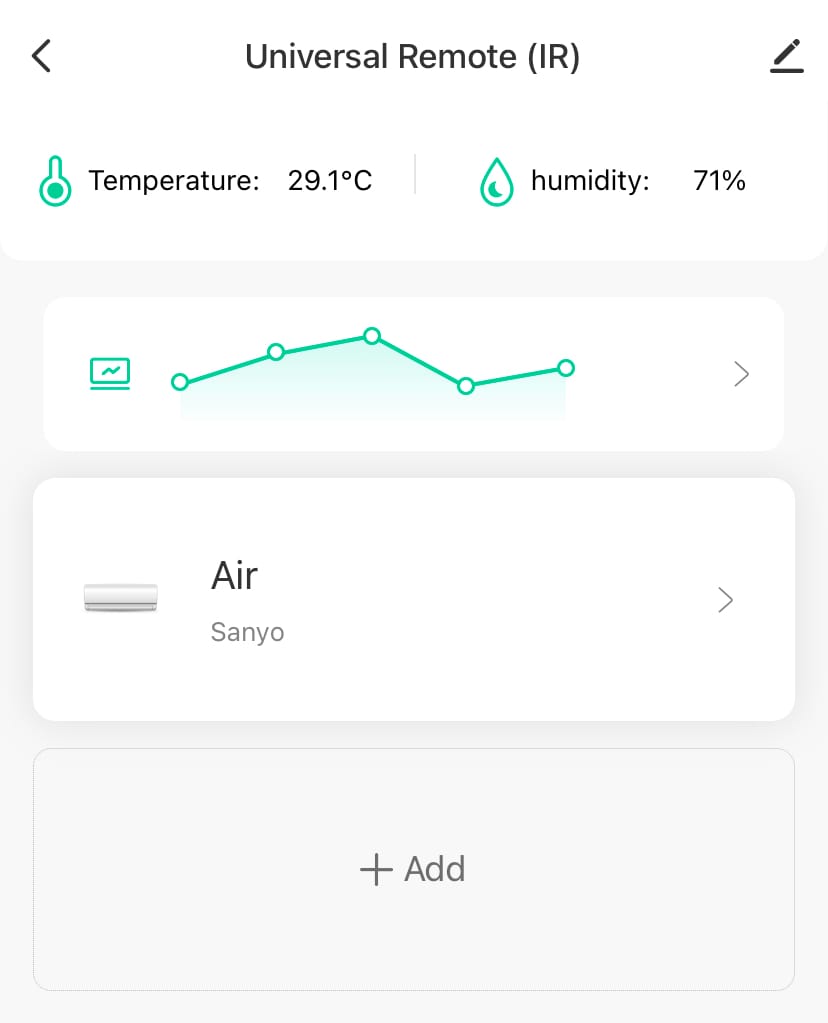
As such, the new Near Wi-Fi Universal Remote has built-in temperature and humidity sensor for more accurate and ideal automation triggers. Automations where the air-con will turn on if the room temperature is above 28°C will be more accurate. I can’t exactly test a level of accuracy of the sensor as I don’t have an equipment to measure humidity. But the temperature sensor seems pretty accurate as it managed to turn on my TV once the room got cool enough from my air-con.
You can also set the automated action to only run during a specified period of time, for example only during weekdays. There is a wide variety of automated tasks that you can design, and the permutations of tasks will only increase with the number of appliances connect to the Near Wi-Fi Universal Remote.
Conclusion
For just S$19.90, it is a small price to pay to experiment on making some of home appliance smart. Certain automations such as turning on/off the air-con based on time is really convenient. On a warm day, I can cool my house down before being home as well. Moreover, if you already own Google Assistant speaker, then the Near Wi-Fi Universal Remote should seamlessly integrate into your smart home and offer even more convenience.
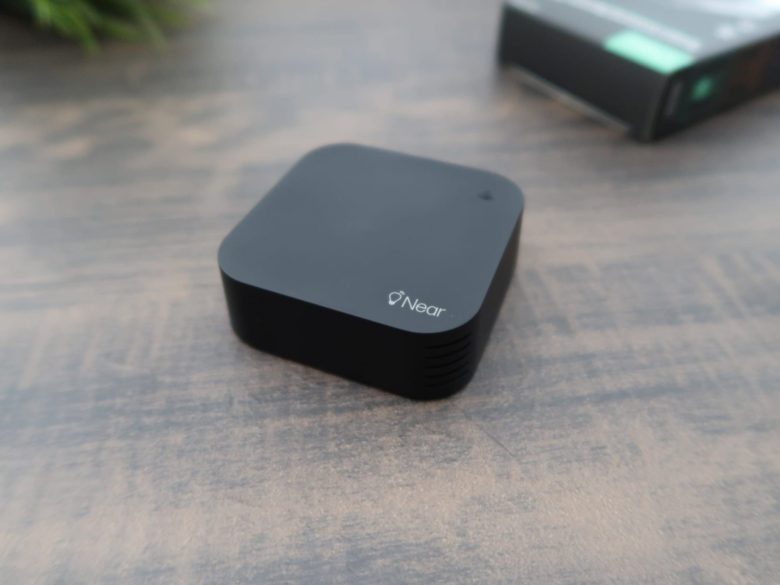

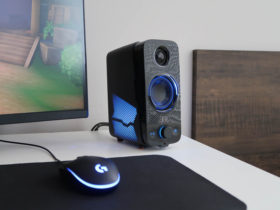
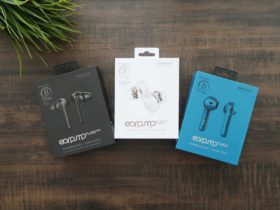
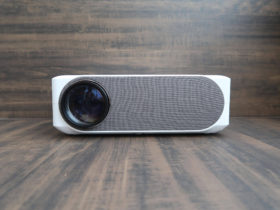

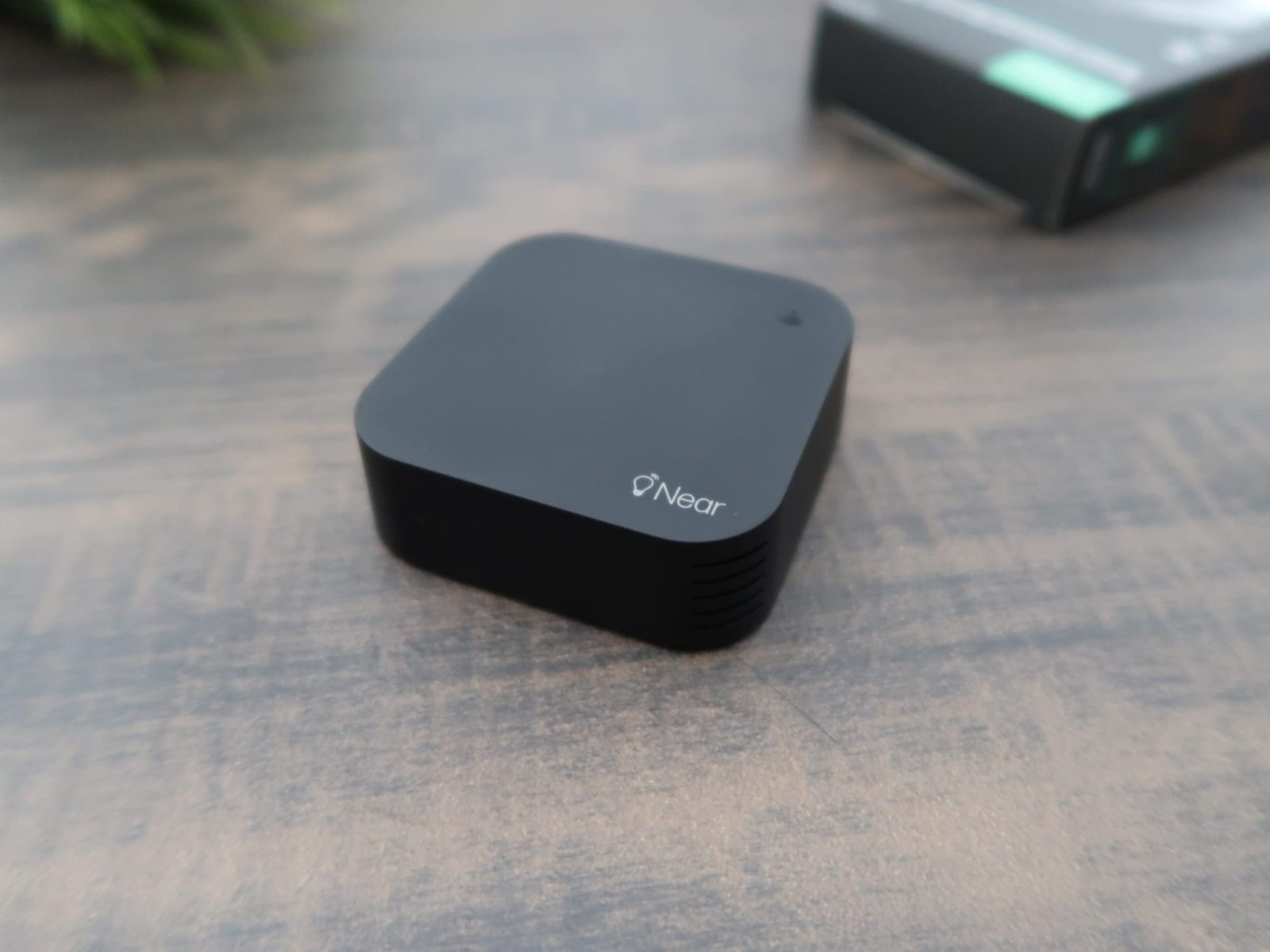
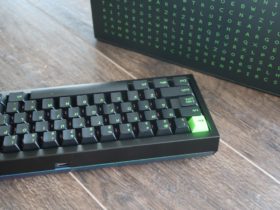


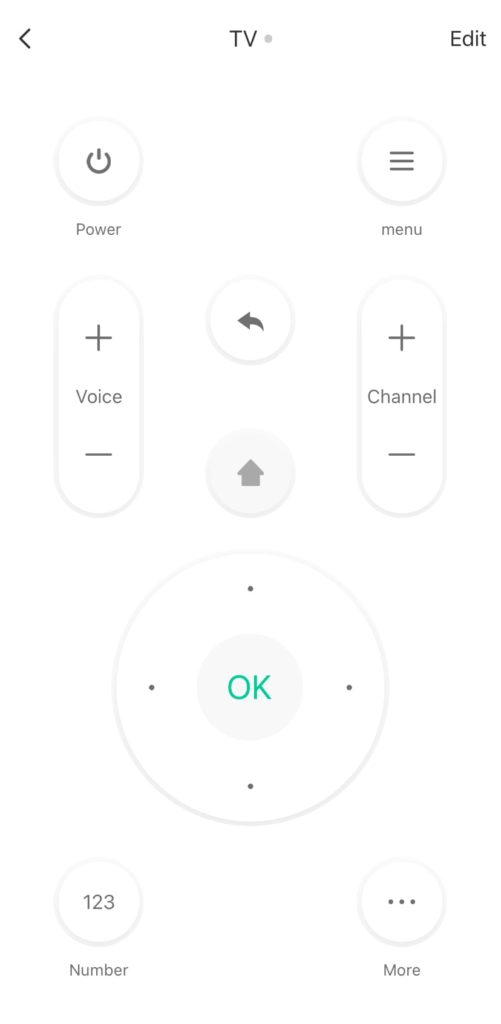






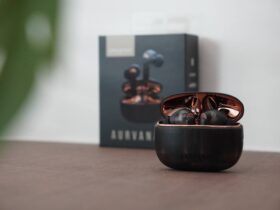

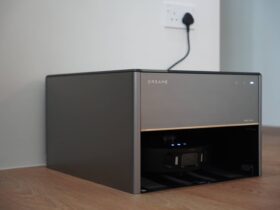
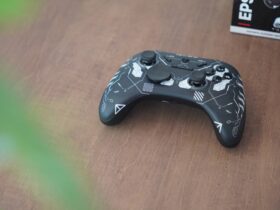
Leave a Reply